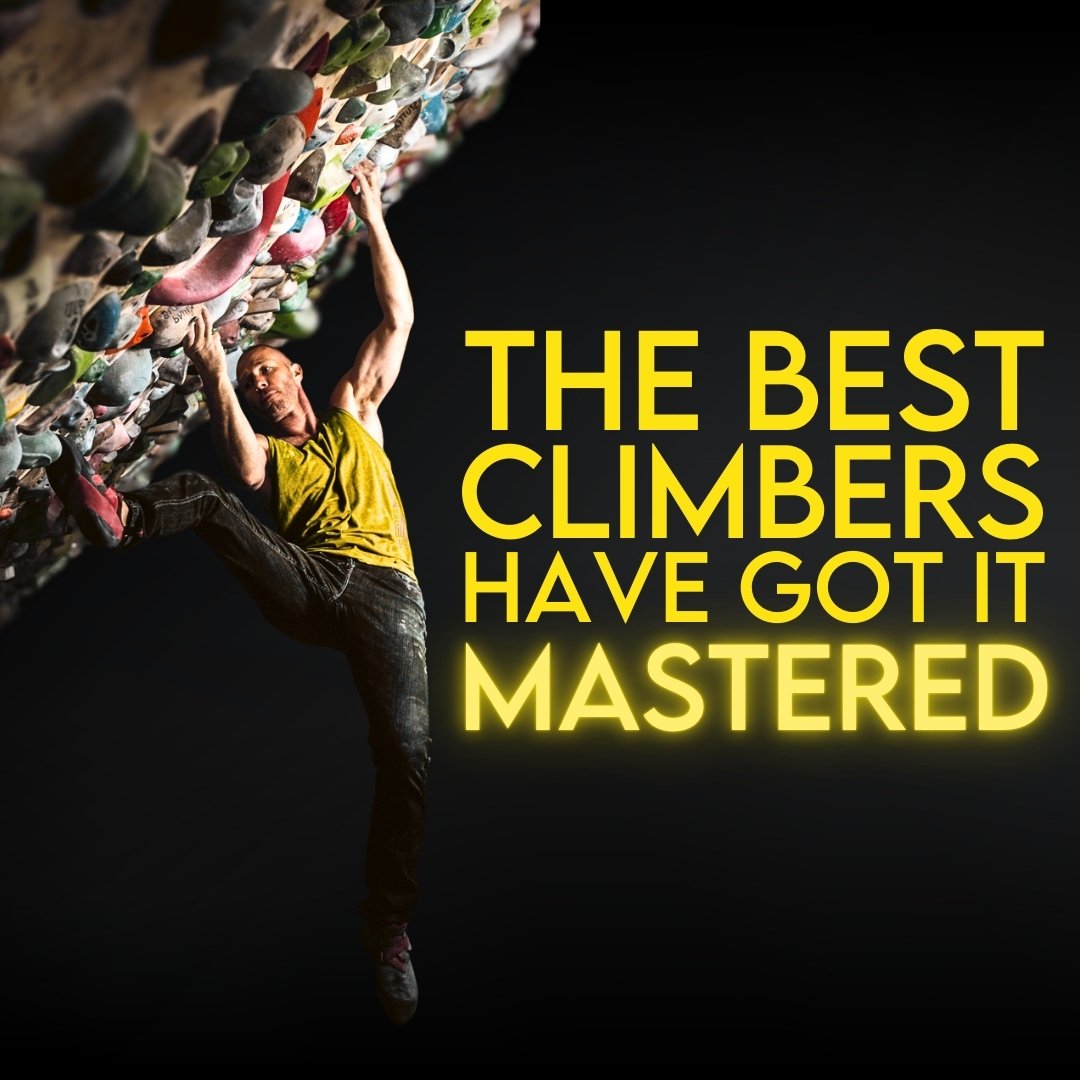Thermostat Training
My friend’s grandma hates thermostats. They never do what she wants them to. Whenever she gets cold in the winter, she turns up the thermostat as hot as it can go. She wants to be warmer, and she wants it now. It’ll be pleasant for a little while, but then it gets uncomfortably hot so she turns it off entirely — frustrated —and waits for it to cool off. It’s an endless cycle of too hot, too cold, and only brief periods of comfort in between.
Most climbers train the way my friend’s grandma uses a thermostat.

They want to be stronger now.
So what do they do? They turn up the heat as hot as it can go. They start hangboarding, board climbing, lifting weights, and doing that new thing they saw on Instagram. They keep it running full-blast until they burn out or get hurt. Then, they shut it down entirely and wait until they can do it all over again.
People will follow this cycle of hot/cold training for years — only to lament how every time they train they will feel strong for a little bit only to get hurt again.
It doesn’t have to be like this.
Having extreme swings in your training volume is just as nonsensical as changing your thermostat from 95°F to off every few hours. Find a level of training that feels comfortable. Start there. Keep showing up and doing it, and make it a little harder each week.
Make changes one degree at a time.
Climbing is about playing the long game. Training in a way that reduces burnout and injury is one of the best things you can do to keep getting better year after year.

Despite being constantly present and often the reason we fail, Rhythm is the most underrated of the Atomic Elements of Climbing Movement.
Long-time friends Nate and Ravioli Biceps discuss lessons they’ve pulled from video gaming that can help inform our climbing.
There’s A LOT of great information out there on how to climb harder. But it’s tough to sort through…
Short climbers are good at getting scrunchy, and tall climbers are good at climbing extended, right? Wrong.
One of the most common places things start to fall apart is at the very beginning of the move.
We know spending time on a finishing link is smart tactics for hard climbs. So why not apply the same concept to individual moves?
Learning when and how to compensate for a weakness is a skill. And skills need to be practiced.
Lowball boulders, while not as proud, can still teach us new movement, new ways to utilize tension, and force us into finding new techniques.
I never thought I’d be recommending this, but some of y’all should be putting less effort into becoming technically better climbers.
Training principles are important, but when they creep into performance, your climbing will suffer. Nearly every time.
We have become collectors of dots. But there’s one major thing that happens when we connect dots that is entirely lost in mass dot collection: critical thinking.
Do you really have terrible willpower? Or are you surrounded by distractions and obstacles?
You have a climbing trip coming up. The rock is different. The style is different. Your pre-trip time is short and the number of days you’ll be climbing, even shorter…
Giving artificially low grades to climbs increases their perceived value for our training and development. The more something is mis-graded the more we naturally want to prioritize it.
Discussion around grades can be so polarizing that many of us avoid the topic.
Climbing starts off as this self-feeding cycle that has you wishing you could climb seven days a week. What happens when this cycle stops bringing improvement though?
Use strength to leverage every other aspect of your climbing, not replace them.
If everything you do is a finger workout, then when do your hands get a chance to recover?
There is a common theme between a grilled cheese sandwich and good training advice.
The more accurately we define our problems, the more approachable it will feel to find solutions.
Maybe the most understated way of getting better is to build fallback successes into your plan.
How much time should climbers spend becoming more well rounded vs. improving their strengths?
As cool as assessments and standards are, they can easily leave people settling for “good enough” when they have the potential to do much more.






























Inspiration is intoxicating, but often fades as quickly as it shows up.